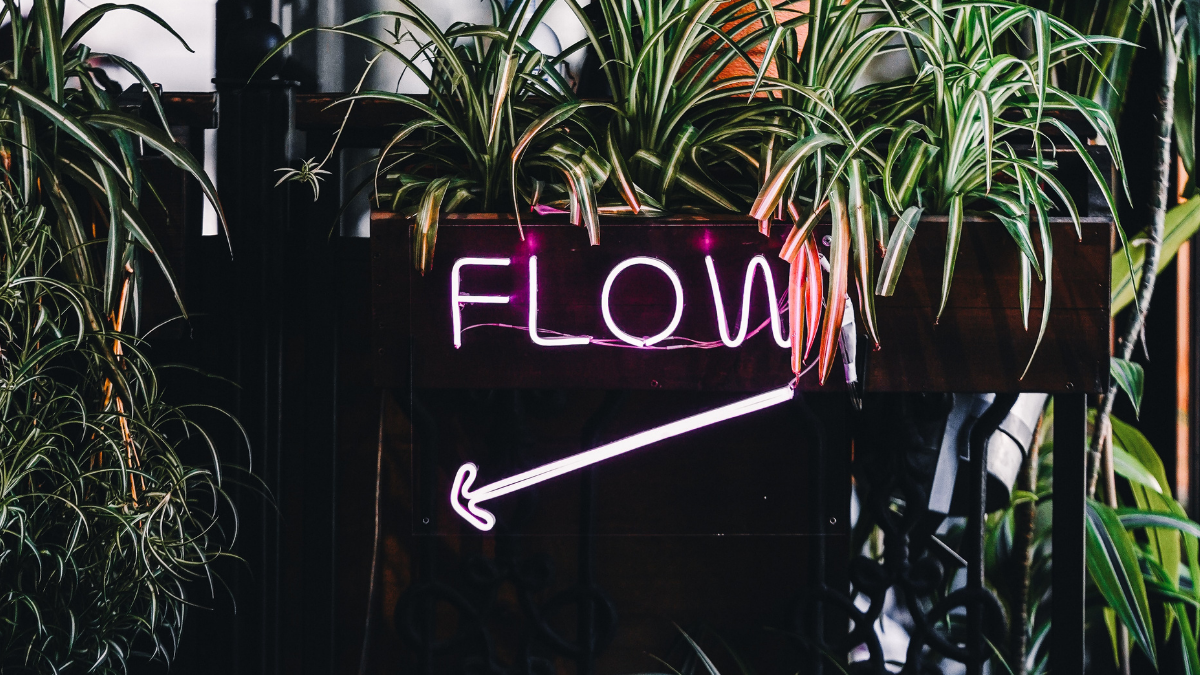How to Achieve Flow at Work
When was the last time you were so absorbed in an activity that you lost track of time? Perhaps you’ve been embracing your creative side recently … or perhaps like many of us, it was so long ago you barely remember.
Three years after the onset of the pandemic, many things have gone back to normal, but navigating the uncertainty and sustained disruption of the pandemic has depleted our surge capacity. The intensity of the pandemic may have passed, but we’re running on empty.
Globally, many of us are experiencing disengagement, stagnation, fatigue and a sense of ‘meh’ in many aspects of our lives. The cost of living is rising, the workplace landscape feels like it’s in a constant state of flux, and we’re living in a time of global unrest.
Collectively speaking, many of us are experiencing a type of emotion known as Languishing, first defined 20 years ago by sociologist Corey L. M. Keyes. What is languishing? It’s the sense that we’re existing in a holding pattern, muddling through our days and feeling ‘blah’ – not quite depressed but not quite happy either. While it’s not a mental illness, languishing can be a precursor to a range of mental health issues. In fact, research has found the risk of major depression in languishing adults is six times more likely than flourishing (mentally healthy) adults.
As the middle of the year approaches, it’s a good time for a reset.
So how do we move away from languishing and into flourishing? One antidote is a concept called Flow.
What is Flow?
When you’re in the state of Flow, you:
- lose track of time;
- are completely focused on the task at hand;
- become so absorbed you forget about the world around you;
- feel happy and fulfilled.
Flow was first identified and researched by Mihaly Csikszentmihalyi, one of the pioneers of the scientific study of happiness. According to Csikszentmihalyi, there are a few conditions that need to be met in order to achieve a flow state.
- A clear set of goals
- Immediate feedback on what you’re doing
- Balance between the perceived challenge of the task and your abilities
“There’s this focus that, once it becomes intense, leads to a sense of ecstasy, a sense of clarity: you know exactly what you want to do from one moment to the other; you get immediate feedback,” Csikszentmihalyi said in his TED Talk (watch below).
People are their most creative, productive, and happy when they are in a state of flow. Achieving Flow state is different for everyone, for some it could be outdoor challenges such as hiking or learning a new dance, for others, it’s creative pursuits like baking or pottery. The key to finding flow is to do something you love and create a ritual to do it often.
When it comes to Flow at work, it’s important to distinguish between productivity and flow. Productivity is ticking off 10 items on your to-do list and keeping busy answering emails and tending to other people’s priorities. Flow is the state of working on a project that fulfils you and brings you closer to your career and life goals.
Ways to Find your Flow at work
- Ensure a challenge-skill balance. A task that is too easy and doesn’t require all of your brainpower won’t get you into an optimal state of flow. Conversely, you may disengage when a task is too hard. It may take some experimenting to find the type of work you love and feel passionate about. If this isn’t in your day job, you might want to consider finding work that fulfils you or a project within the scope of your current field which can have a positive impact on your career.
- Avoid distractions. Turn off distractions such as phone and email notifications, social media alerts and anything else that can pop up and distract you away from your thoughts. If you work best with music on, putting headphones on can help you get into the zone.
- Find your peak time. Discover when you do your best work. Is it early in the morning or late at night? Find a time when you have plenty of energy and limited distractions. If you have a family at home, getting up early or making time when the kids are in bed can be helpful for concentration levels.
How Transitioning Well can help you and your workplace create the optimal conditions for experiencing a flow state
If you’d like your people to have access to strategies to reduce languishing and protect wellbeing, learn more about our ‘Finding flow’ workshop, part of our Focus @ Work Series, here or contact us at info@transitioningwell.com.au



